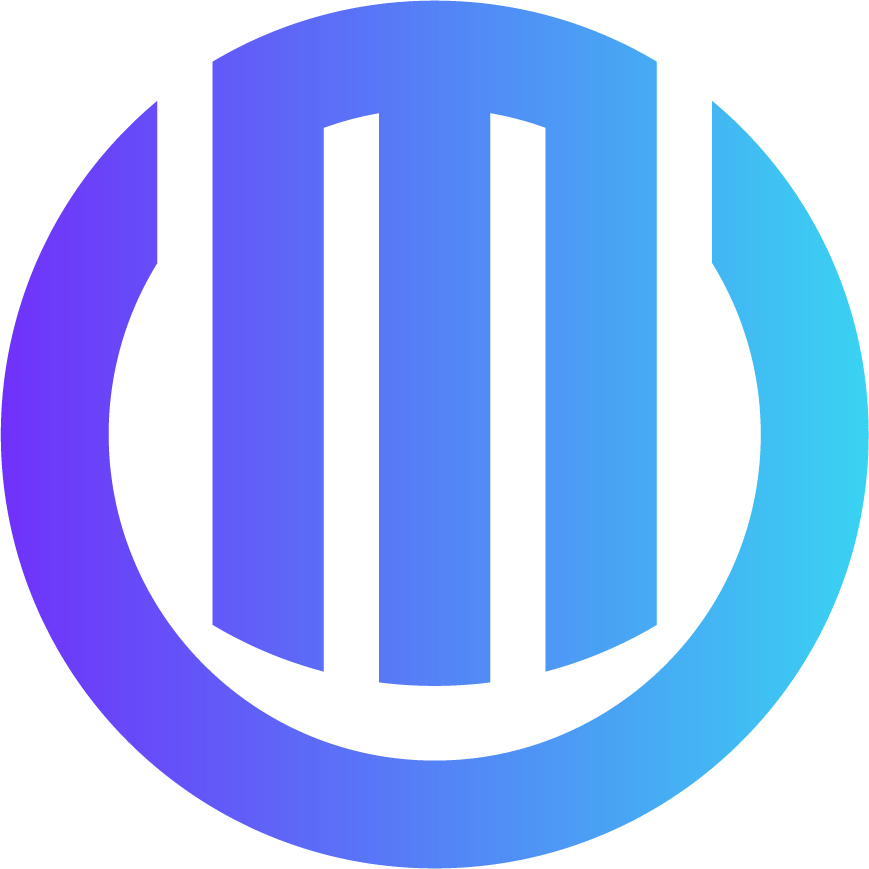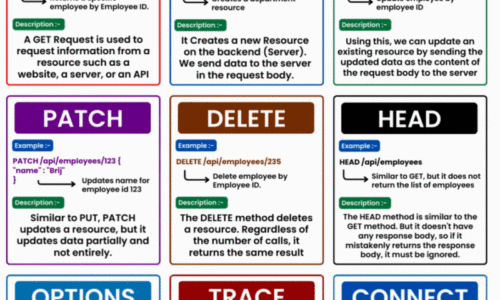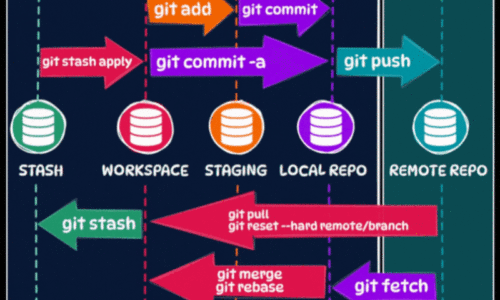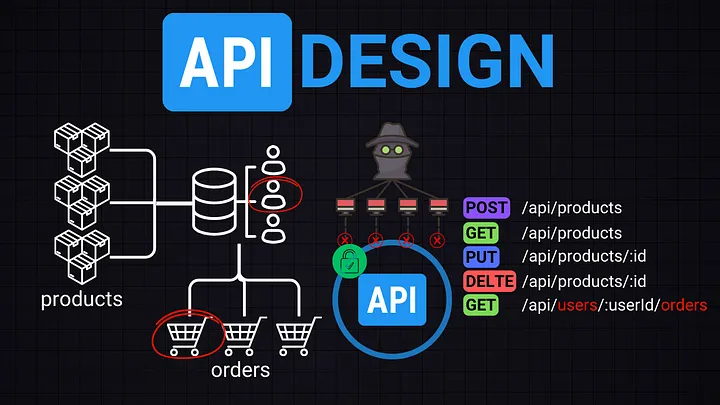
API Design 101: From Basics to Best Practices
In this deep dive, we’ll go through the API design, starting from the basics and advancing towards the best practices that define exceptional APIs.
As a developer, you’re likely familiar with many of these concepts, but I’ll provide a detailed explanation to deepen your understanding.
API Design: An E-commerce Example
Let’s consider an API for an e-commerce platform like Shopify, which, if you’re not familiar with is a well-known e-commerce platform that allows businesses to set up online stores.
In API design, we’re concerned with defining the inputs (like product details for a new product) and outputs (like the information returned when someone queries a product) of an API.
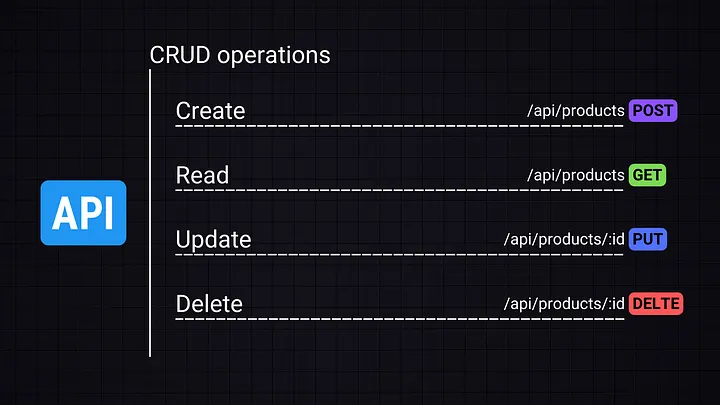
For example, to add a new product (Create), you would make a POST request to /api/products where the product details are sent in the request body.
To retrieve products (Read), you need to fetch data with a GET request from /products.
For updating product information (Update), we use PUT or PATCH requests to /products/:id, where id is the id of a product we need to update.
Removing is similar to updating; we make a DELETE request to /products/:id where id is the product we need to remove (Delete).
Communication Protocol and Data Transport Mechanism
Another part is to decide on the Communication Protocol that will be used, like HTTP, WebSockets, etc, and the Data Transport Mechanism: JSON, XML, or Protocol Buffers.
This is the case with RESTful APIs, but we also have GraphQL or gRPC paradigms
API Paradigms
APIs come in different paradigms, each with its own set of protocols and standards.
REST (Representational State Transfer)
Pros: Stateless: Each request from a client to a server must contain all the information needed to understand and complete the request. Uses standard HTTP methods (GET, POST, PUT, DELETE). Easily consumable by different clients (browsers, mobile apps).
Cons: This can lead to over-fetching or under-fetching of data- because More endpoints may be required to access specific data.
Features: Supports pagination, filtering (limit, offset), and sorting. Uses JSON for data exchange.
GraphQL
Pros: Allows clients to request exactly what they need, avoiding over-fetching and under-fetching. Strongly typed schema-based queries.
Cons: Complex queries can impact server performance. All requests are sent as POST requests.
Features: Typically responds with HTTP 200 status code, even in case of errors, with error details in the response body.
GRPC (Google Remote Procedure Call)
Pros: Built on HTTP/2, it provides advanced features like multiplexing and server push. Uses Protocol Buffers, a language-neutral, platform-neutral, extensible way of serializing structured data. Efficient in terms of bandwidth and resources, especially suitable for microservices.
Cons: Less human-readable compared to JSON. Requires HTTP/2 support.
Features: Supports data streaming and bi-directional communication. Ideal for server-to-server communication.
Relationships in API Design
In an e-commerce setting, you might have relationships like the user to orders, orders to products, etc.
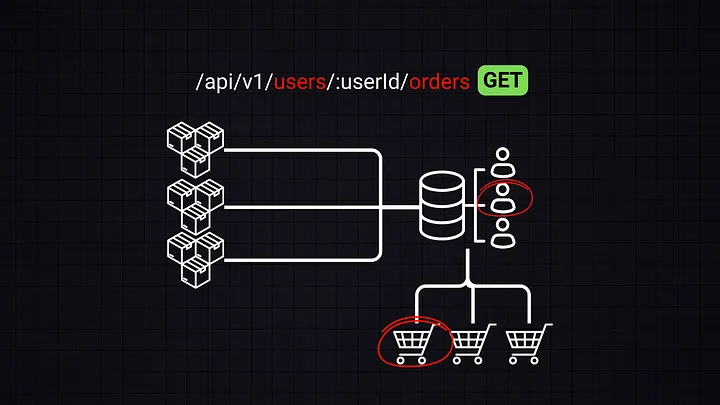
Designing endpoints to reflect these relationships is important. For example, in this scenario GET /users/{userId}/orders should fetch orders for a specific user.
Queries, Limit, and Idempotence of GET Requests
Common queries also include limit and offset for pagination or startDate and endDate for filtering products within a certain date range. This allows users to retrieve specific sets of data without overwhelming the system or the user with too much information at once.
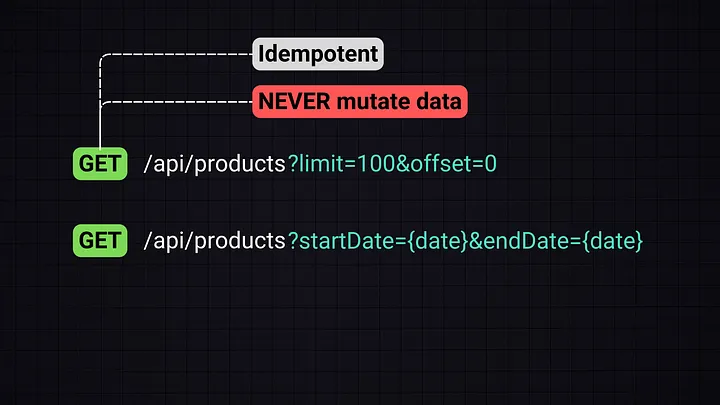
A well-designed GET request is idempotent, meaning calling it multiple times doesn’t change the result.
GET requests should never mutate data. They are meant only for retrieval.
Backward Compatibility and Versioning:
When modifying endpoints, it’s important to maintain backward compatibility. This means ensuring that changes don’t break existing clients.
Versioning: Introducing versions (like /v2/products) is a common practice to handle significant changes.
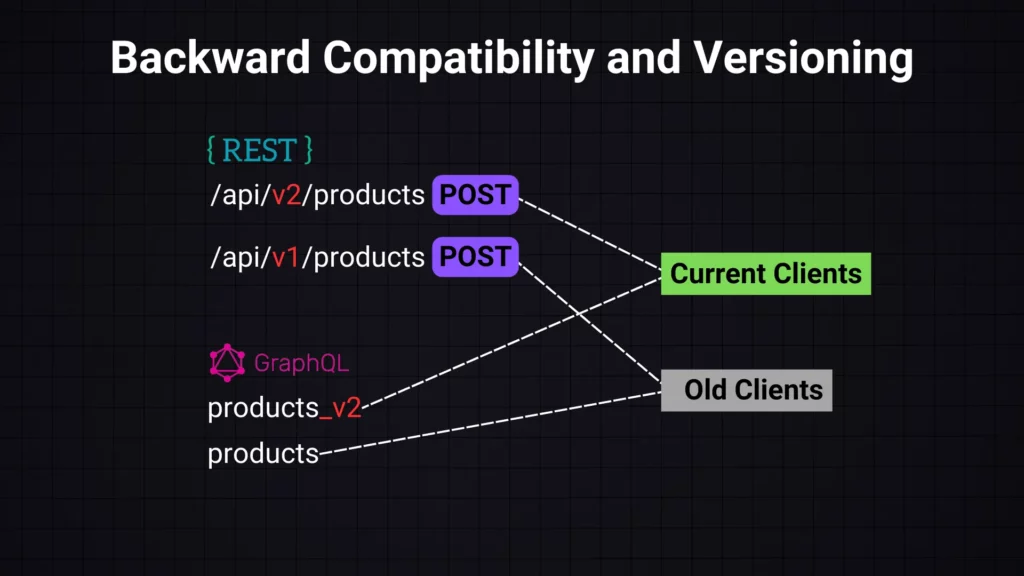
In the case of GraphQL, adding new fields (v2 fields) without removing old ones helps in evolving the API without breaking existing clients.
Rate Limitats and CORS
Another best practice is to set rate limitations. This is used to control the number of requests a user can make in a certain timeframe. This is crucial for maintaining the reliability and availability of your API. It also prevents the API from DDoS attacks.
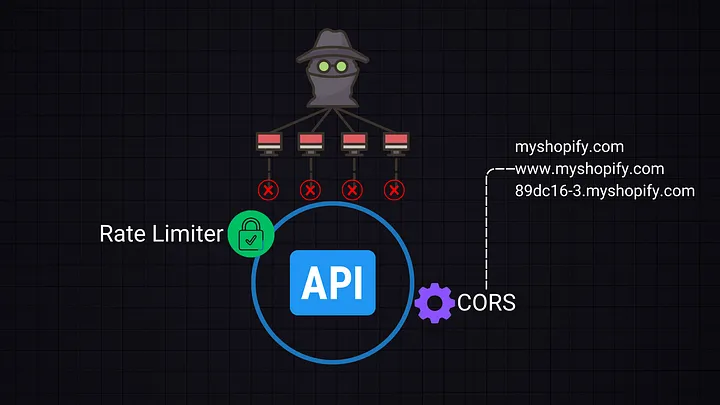
Common practice is to also set CORS settings Cross-Origin Resource Sharing (CORS) settings are important for web security. They control which domains can access your API, preventing unwanted cross-site interactions.
